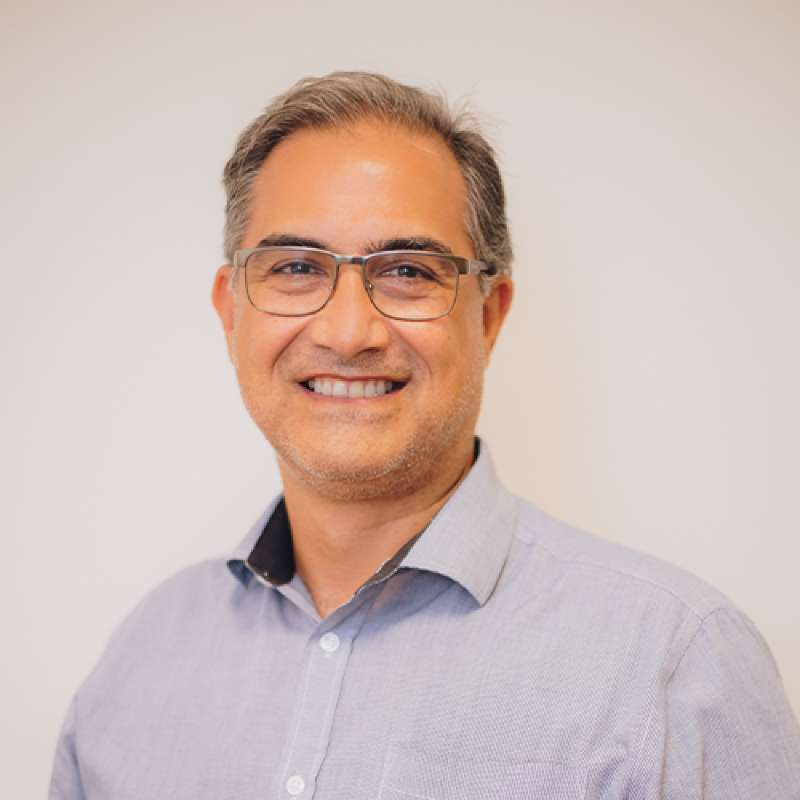Throughout the month of July, the Brazilian Society of Head and Neck Surgery, together with its members across the country, has been promoting “Green July”. The National Cancer Institute (Inca) for 2022 estimated 39,960 new cases of head and neck cancer among men (being the second most common condition after only prostate cancer) and 34,280 new cases among women (which is the fifth most common).
Head and neck tumors are injuries between the base of the skull and the clavicle, without regard to brain injuries, and are the responsibility of the neurosurgeon. They can be lesions of: lips, oral cavity (tongue, gums, floor of the mouth, palate – also known as the ‘roof of the mouth’), throat, vocal folds or larynx, skin of the face and neck, nasal and sinus cavities, salivary glands, thyroid gland, Primary or metastatic cervical nodules.
Among the causative or predisposing factors, we have: smoking (cigarettes, haystack, cigars, pipes, shisha, current studies also suggest that this is also associated with electronic cigarettes), alcoholism (mainly spirits), improper dentures, overexposure to sunlight and infections caused by human papillomavirus. There are also cases of genetic predisposition.
Among the signs and symptoms that should serve as a warning to people, especially those who smoke and/or drink alcohol, are: white or red lesions in the oral cavity that do not heal within 15 days, progressive hoarseness that does not improve, and the feeling of a “fishbone” in the throat Difficulty and/or pain in chewing or swallowing Nodules or lumps in the neck that appear suddenly or gradually.
In the state of Mato Grosso, due to the large territorial expanse as well as the great distance between cities, there is a large number of patients who seek medical care in an advanced state, which leads to the loss of treatment and follow-up, as well as to the survival of these patients.
There is also a need for health professionals (doctors, dentists, physiotherapists, speech therapists, nurses) who always consider the possibility that patients’ complaints are cases of head and neck cancer, with immediate referral to a reference service in head and neck surgery.
As complementary examinations, we have: video laryngoscopy (in which the entire oral cavity, pharynx, vocal folds, nasopharynx are photographed and, if necessary, and if the patient cooperates, biopsies are taken for diagnosis); Ultrasound of the neck or thyroid gland. CT or MRI of the face or neck, US-guided suction hole, or incisional biopsies.
Treatment of head and neck cancer depends on several factors: the location, the size of the lesion, metastases already present or not, nearby structures at risk, the patient’s clinical condition (nutrition, cardiology, immunological). Most tumors are first treated with surgery, especially in primary lesions or lesions of sizes where the resection area does not cause very obvious sequelae for patients.
However, when we have very advanced lesions, with impairment of the adjacent structures (mandibular, maxillary, cervical and facial arteries and veins), where surgery would lead to significant functional and/or aesthetic consequences, these patients are referred for radio and/or therapy. Chemotherapy, and subsequent salvage surgery, if applicable.
With regard to tumors of the thyroid gland, today there are many minimally invasive surgical techniques. The use of diode lasers to treat lesions in the oral cavity, larynx or even metastatic cervical lesions.
As a general warning to all, upon noticing any of the above signs and symptoms, such as persistent hoarseness, pain or difficulty swallowing or chewing, lesions in the mouth that do not heal, and nodules in the neck with progressive growth, you should seek a head and neck surgeon for evaluation, diagnosis, and treatment. appropriate, because when they are diagnosed and treated early, the surgery and the patient’s survival are greatly increased, unlike with late diagnosis, where the surgeries are more drastic and larger, and the survival rate is greatly reduced.
Eric Bustamante, MD, is the Deputy Chief and Head and Neck Surgeon at Hospital de Cancer de Mato Grosso.

“Wannabe internet buff. Future teen idol. Hardcore zombie guru. Gamer. Avid creator. Entrepreneur. Bacon ninja.”


